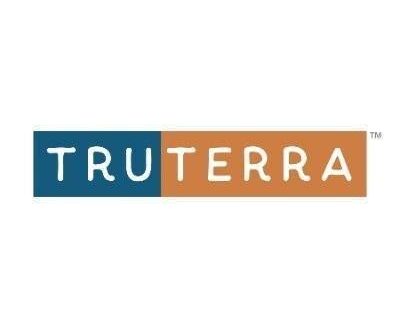Bayer moves into carbon farming
Bayer hosted a webinar Oct. 29 “Future of Farming Dialogue 2020-Carbon Sequestration” to explain a carbon farming initiative it has developed. Using agricultural practices, whether old or new, to pull carbon from the air and store it has become a hot topic among green ag futurists. The lure held out to farmers—starting with growers of corn and soybeans, the two biggest crops in the United States—is the possibility of an additional income stream, in some cases from practices they may already be using.
Darren Wallis, vice president-North American communications at Bayer Crop Science, introduced the webinar by noting that “everything has changed” for farmers and that carbon farming can help remove some of its risk. He said Bayer had launched two simultaneous carbon farming pilot programs this year, one in the U.S. and one in Brazil. Lisa Safarian, president of Crop Science North America, said Bayer wanted to help develop the emerging carbon marketplace. She has added two new members to her team: Leonardo Bastos and Alexander Buschermoehle.
Bastos is in charge of developing Bayer’s carbon business model, and he sees carbon farming as a “triple win” for the farmer, society and industry. “Carbon is one of the most pressing issues in our society,” he said. The goal is for “millions” of farm acres to become “carbon sinks.”
Chad Bilby, experimentation lead, said the pilot program began by targeting nine states in the U.S. The immediate goal of the pilot program is not only to show the benefits of incentivizing farmers by paying $10 an acre for practices that increase carbon sequestrations—mainly no-till, strip-till and cover crops—but to establish standards of data collecting and verification that can be scaled and expanded to other crops, areas and data platforms.
Participating farmers must agree to use The Climate Corporation’s FieldView program to remotely capture and store data about their fields. The FieldView system covers about 115 million acres globally. Bayer is working to develop verified credits with current carbon registries through Climate FieldView and its data automation, which Bayer says will allow it to verify practices and quantify carbon removals.
Right now, the program is concentrating on capturing data about CO2 capture and retention but measuring impacts to nitrogen and nitrous oxide is a goal for the future. “Incentives will evolve,” said Bastos. “New products may have new carbon sequestration benefits.”
Jason Lay, proprietor of the 2,050-acre Lay Farms in central Illinois (not to be confused with a similarly named cow-calf operation in Nebraska), which grown mostly corn and soybeans, is one of the growers participating in the program. He believes “carbon challenges will move to the forefront” for farmers. He was recruited by the program, partly because he already practices no-till, strip-till and cover crop agriculture.
In response to questions, Lay said the harvest this year has “had ups and downs” and was not without difficulties but went “fairly smoothly.” He said he was pleasantly surprised” by his corn yields especially. His neighbors are more concerned with the ongoing drought, but he said their interest is growing because some of the incentivized practices, like no-till, also conserve water.
To get the benefits, including the carbon-trapping, of cover-cropping, the cover crop must be grown during the fall and spring season, so that there is no bare ground post-harvest, according to Jeffrey Seale. Corn and soybeans are the initial crops because they are so prevalent, but the methods and measurements could be extended to any type of farming. The program is looking at Canada for expansion, and canola is a possible crop to recruit into the program.
In Brazil, almost every state has growers participating in the program, said Bastos. Taking repeated soil samples can be expensive. “While current carbon quantification methods work from an economic standpoint in forestry projects, we’re still working to build a methodology that works for agriculture and enables farmers to benefit financially,” he said. But he said the program has stimulated increasing interest in soil conservation.
David Murray can be reached at [email protected].


